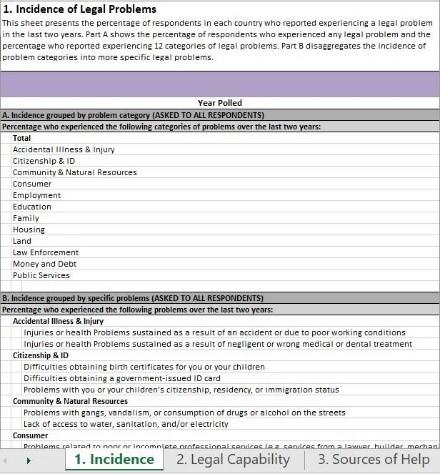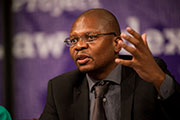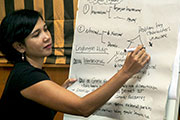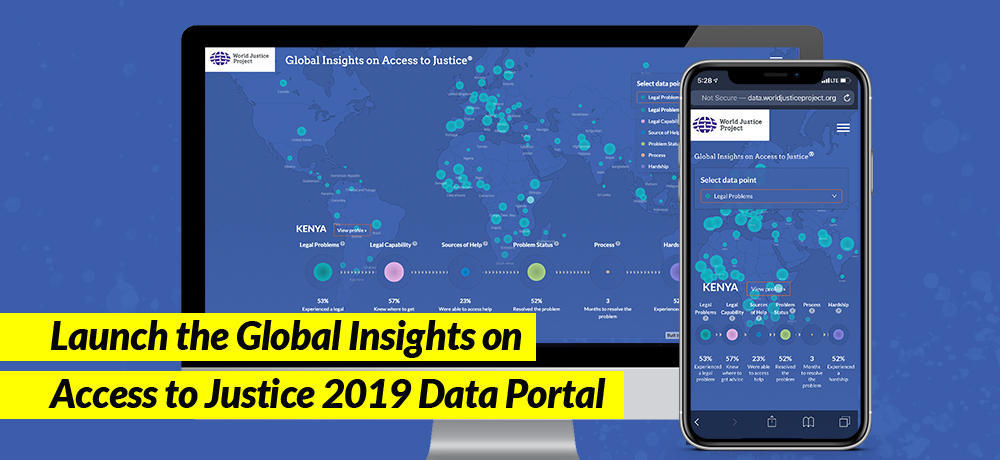Global Insights on Access to Justice 2019 is the first-ever effort to capture comparable data on legal needs and access to civil justice on a global scale, representing the voices of more than 100,000 people in 101 countries.
Global Insights on Access to Justice 2019: Findings from the World Justice Project General Population Poll in 101 Countries presents data on how ordinary people around the world navigate their everyday legal problems, highlighting the most common legal problems, respondents’ assessment of their legal capability, and sources of help. The study also highlights information on the status of people’s problems, the resolution process, and the impact of their justice problems on their life.
Download the report (PDF) or Explore the interactive data
"This new data reveals the scope and depth of legal problems ordinary people face all over the world, including problems related to employment, housing, education, health, and family life," said Elizabeth Andersen, executive director of the World Justice Project. "This should concern us all. These issues and how they’re addressed, or not, go to the heart of people’s social, economic, and physical well-being."
Key findings from the study include:
- Justice problems are ubiquitous and frequent. Approximately half (49%) of people surveyed experienced at least one legal problem in the last two years. While the prevalence and severity of problems varies by country, the most common problems relate to consumer issues, housing, and money and debt. These can include problems with a landlord over rent, repairs, or payments; problems with neighbors over noise or litter; becoming homeless; disputes over poor or incomplete professional services; problems with a utility bill or supply; insurance claims being denied; threats from debt collectors; extortion from a gang or other criminal organization; difficulty collecting money owed to you; and more.
- Justice problems negatively impact people’s lives. 43% of those surveyed reported that their legal problem adversely impacted their lives. More than 1 in 4 people (29%) reported that they experienced physical or stress-related ill health as a result of their legal problem, and more than 1 in 5 people (23%) reported that they lost their job or had to relocate.
- Most people do not turn to lawyers and courts. Less than a third (29%) of people who experience a legal problem sought any form of advice to help them better understand or resolve their problem, and those who did seek assistance preferred to turn to family members or friends. Even fewer (17%) took their problem to an authority or third party to mediate or adjudicate their problem, with most preferring to negotiate directly with the other party.
- People face a variety of obstacles to meeting their justice needs, beginning with their ability to recognize their problems as having a legal remedy. Indeed, fewer than 1 in 3 people (29%) understood their problem to be legal in nature as opposed to “bad luck” or a community matter. As mentioned above, less than a third of those surveyed obtained advice from a person or organization that could help them better understand or resolve their problem, and 1 in 6 (16%) reported that it was difficult or nearly impossible to find the money required to resolve their problem. About the same proportion (17%) reported that their justice problem persists but they have given up any action to try to resolve it further, with another 39% reporting that their problem is still ongoing.
Percentage of people who experienced a legal problem in the past two years:
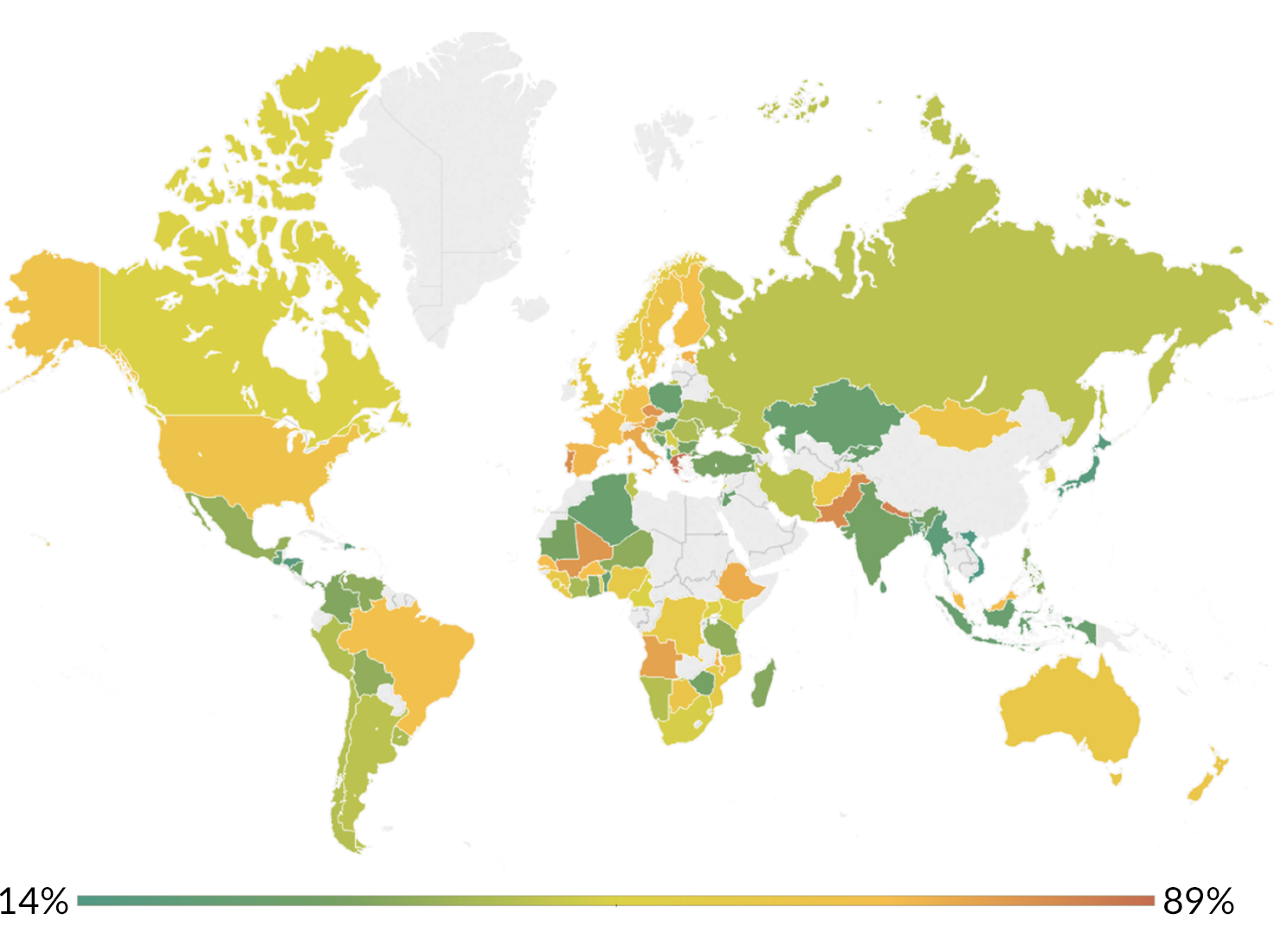
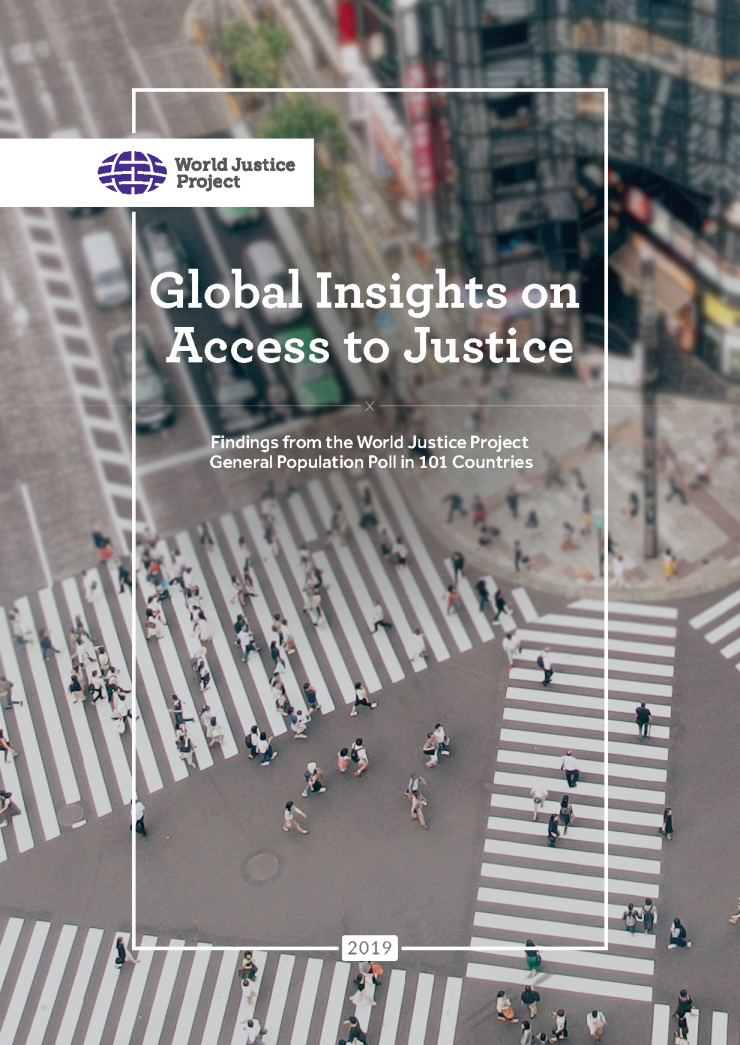

Global Insights on Access to Justice 2019 Press Release
The data presented in this report are derived from the access to justice module of the World Justice Project’s General Population Poll (GPP), administered in 101 countries and jurisdictions in 2017 and 2018 using a representative sample of 1,000 respondents in each country.
The data from the access to justice module of the GPP are presented as 101 country profiles. Each profile features data from select questions in the module, and is designed to illustrate the paths that respondents followed to navigate their legal problems by highlighting:
- Legal Problems. The percentage of those surveyed who experienced a legal problem in the last two years. Profiles show the incidence of legal problems overall and by category of legal problem.
- Legal Capability. Of those who experienced a legal problem in the last two years, the percentage who knew where to get advice and information, could obtain expert help, and were confident they could achieve a fair outcome.
- Sources of Help. Of those who experienced a legal problem in the last two years, the percentage who reported obtaining information, advice, or representation, and the type of advisor contacted.
- Problem Status. Of those who experienced a legal problem in the last two years, the percentage of respondents whose legal problem is done and fully resolved, or whose problem persists but they have given up any action to resolve it further.
- Process. Assessment of the timeliness, fairness, and cost of the resolution process for respondents whose problem is done, either because it is fully resolved or because the respondent has given up any action to resolve it further.
- Hardship. The percentage who reported experiencing any kind of hardship as a result of their legal problem, and the percentage who experienced specific hardships, including physical or stress-related ill health, the breakdown of a relationship, loss of employment or the need to relocate, and problems with alcohol or drugs.
Each profile can be downloaded individually, as can the full report, methodology, survey instrument, and summary statistics for this study.
The data and methodology presented in Global Insights on Access to Justice are the culmination of an extensive two-year pilot and vetting process, and reflect the consultations of governments, multilaterals, local civil society organizations, and academics from 17 countries. While results vary by country, this study reveals that legal problems are ubiquitous, and most people do not turn to courts and lawyers to navigate these problems. The data also show that legal problems adversely impact people’s lives, with more than 4 in 10 people surveyed reporting experiencing a social, economic, or health-related hardship as a result of their problem. What’s more, this study illuminates the variety of barriers that people face to meeting their justice needs, including low levels legal capability, issues accessing appropriate sources of help, and the cost of the resolution process. The WJP estimates that these barriers result in 1.4 billion people being unable to meet their everyday civil and administrative justice needs globally. It is our intention that the globally comparable methodology and data presented in this report will provide a reliable, people-centered approach to understanding and monitoring the state of access to civil justice at the national and global levels.

Project Design & Survey Methodology
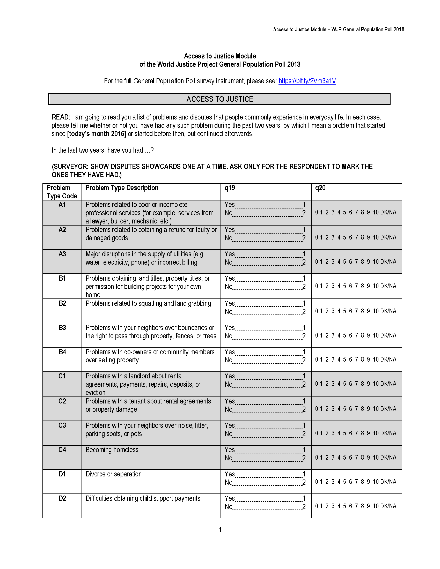
Dispute Resolution Survey Module
